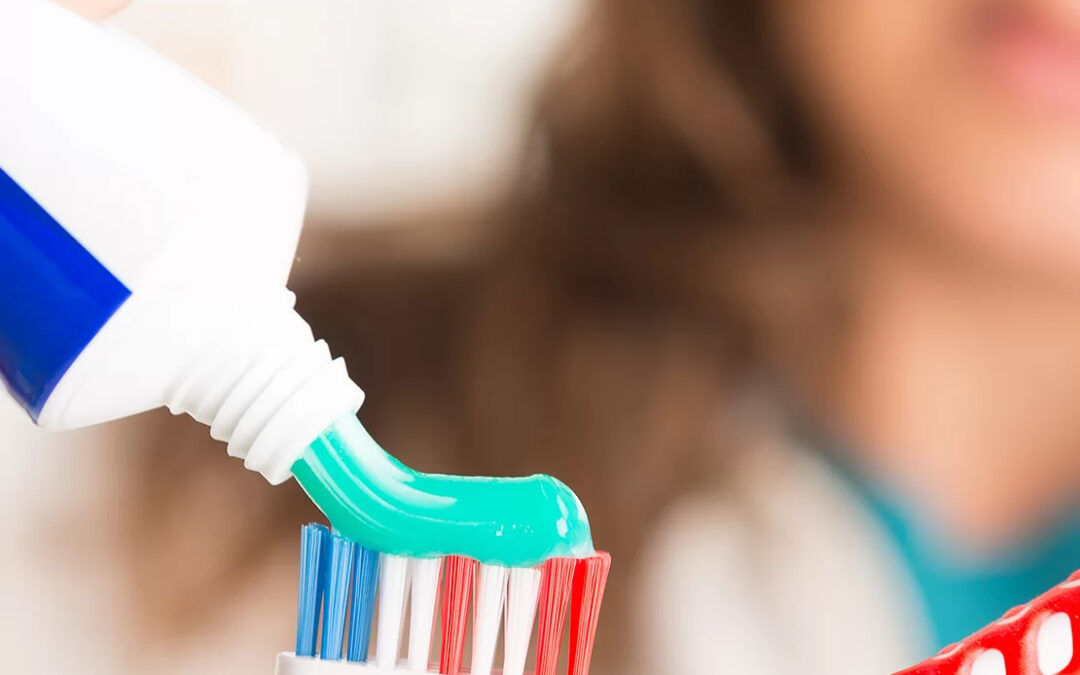Fluoride toothpaste is recommended by most dentists for many years now. But many fluoride-free kinds of toothpaste are now available in the market. These natural are starting to get public attention. Does this mean that fluoride is bad for your teeth?
The answer is NO. Using fluoride products remains an excellent way to keep your teeth and gums healthy. But like many products, fluoride and fluoride-free toothpaste both have pros and cons.
What Is Fluoride?
Fluoride is a natural mineral found in rocks, soil, water, air, and some plants. It is a common ingredient in toothpaste and some mouthwashes. This mineral makes your teeth stronger and prevents cavity formation.
The amount of fluoride in the environment is not enough to protect your teeth on its own. This is why it is often added to oral health products. Some community also adds fluoride to their water supply.
Fluoride is also used as a cleaning agent, as an additive to steel products, and in medical imaging scans.
How Does Fluoride Help the Teeth?
- Fluoride prevents tooth decay by “remineralizing” your tooth enamel. The enamel is the protective surface of the teeth that helps resist acids that erode your tooth. Acids are formed when bacteria combine with the sugars that you consume.
If a cavity is not yet formed, the fluoride enters the demineralized area of the enamel and makes it stronger. When this happens, fluorapatite is produced. Fluorapatite is the new enamel that is more resistant to acids.
- Fluoride has antibacterial properties. This inhibits bacterial growth and prevents microbes from sticking to your teeth.
- Fluoride assists in disrupting plaques on your teeth. These plaques cause tooth decay and gum diseases.
Fluoride in toothpaste and mouthwash is safe to use. However, too much fluoride causes dental fluorosis. Fluorosis refers to a change in the color of tooth enamel. This discoloration is usually in a form of white or brown spots.
Fluorosis usually occurs during childhood. This happens when children consumed too much fluoride while their teeth are developing. The teeth development years are before the age of 8. Around this age, children are more likely to swallow toothpaste instead of spitting it out.
Chronic exposure to high levels of fluoride also leads to skeletal fluorosis. This happens when fluoride builds up in your bones. Skeletal fluorosis causes stiffness and pain. In other most severe cases, ligaments calcify and cause trouble in moving.
Ingesting too much fluoride causes gastrointestinal (GI) problems as well. But as long as you spit and rinse after tooth brushing, you don’t have to worry about fluorosis and GI problems.
How to Prevent Fluorosis in Children
Children have a higher risk of developing fluorosis. So here are the things a parent can do to reduce this risk.
- Supervise children under the age of 6 when they are brushing. Make sure that they spit out the toothpaste.
- Make sure children uses the right amount of toothpaste. For toddlers (3 years old and below), only use a rice-grain amount of kids’ toothpaste. Use a pea-sized amount for children 3 to 6 years old.
Is Fluoride-free toothpaste effective?
Some people are concerned about the possible effects of too much fluoride. Because of this, many are now using fluoride-free toothpaste. But is it effective in cleaning the teeth? The answer is YES.
Fluoride-free toothpaste uses natural abrasives like hydrated silica. This gently cleans the teeth and removes stains. This type of toothpaste also has cranberry extract which raises the mouth’s pH level. A high pH level limits bacterial growth and acid formation.
Fluoride-free toothpaste still gives you fresh breath as well. The motion of your toothbrush bristles also removes plaque no matter what toothpaste you use.
It is a fact that fluoride-free toothpaste ineffectively cleans the teeth. However, it is not capable of making your tooth enamel strong. Without fluoride, your toothpaste won’t be effective in remineralization.
Which is the Best Toothpaste?
There are so many varieties of toothpaste in the market. So here are some guides to determine what toothpaste is best for you.
The first is to ask yourself if you want toothpaste that contains fluoride. If so, you can choose from the available variety from major brands. If you prefer fluoride-free toothpaste, look for natural toothpaste.
If you choose fluoride toothpaste, make sure that it contains the right amount of fluoride. Toothpaste for toddlers should have a fluoride level of 1,000 parts per million (ppm). Anyone ages 3 and older should check for toothpaste with a fluoride level of 1,350-1,500 ppm.
For any fluoride toothpaste, also look for the American Dental Association’s seal of approval. This ensures that the toothpaste will:
- contain the right amount of fluoride
- have the right ingredients that help prevent dental problems
- not contain sugar in the flavoring agents
- provide scientific evidence proving safety and efficacy
Beyond these, you should also consider your dental needs when choosing toothpaste. Specific kinds of toothpaste are made for tooth sensitivity, whitening, and tartar control. You should also choose your preferred flavor.
Lastly, always check the toothpaste ingredients. Ensure that they won’t cause any allergic reaction.
Takeaway
Fluoride is a mineral found in rocks, soils, water, and some plants. This mineral makes the teeth stronger.
Fluoride toothpaste is a safe and effective option to fight plaque. This also remineralizes and protects the teeth.
Fluoride is also safe for children. But make sure that they spit it out. Too much fluoride ingestion causes fluorosis and gastrointestinal problems.
Fluoride-free kinds of toothpaste are also effective in cleaning the teeth and giving fresh breath. However, it does not protect the enamel unlike how fluoride toothpaste does.
When choosing toothpaste, always consider your dental needs. Also, make sure that your fluoride toothpaste contains the right amount of toothpaste. Always check for the ADA seal of approval as well.
Choosing the right toothpaste may be tricky. But using the right one will go a long way in protecting your teeth and keeping your mouth healthy.
